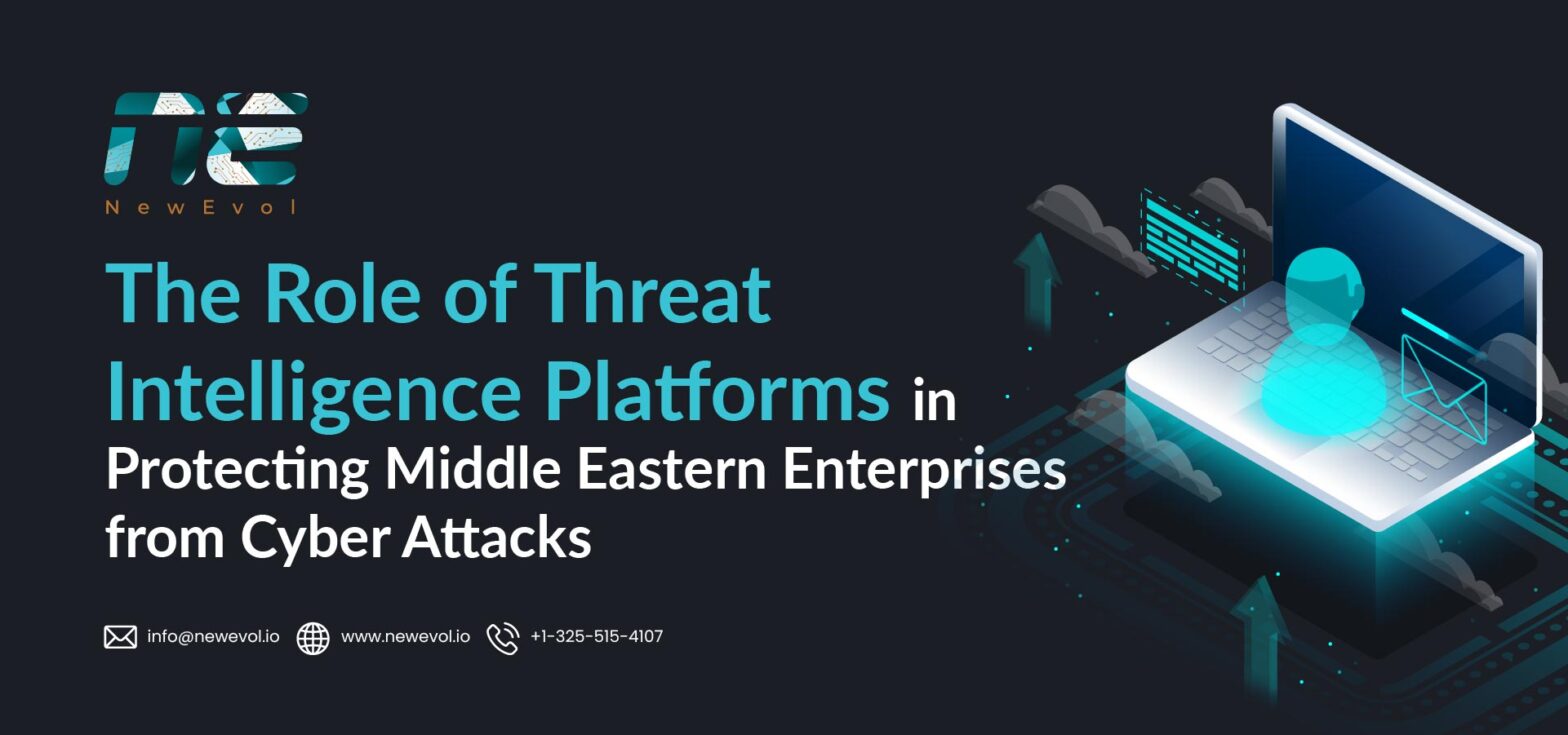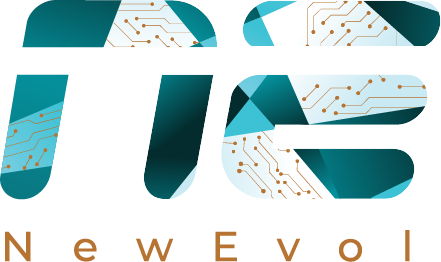Protecting Middle Eastern Enterprises with Threat Intelligence Platforms

Cyber attacks in the Middle East are rising, driven by both geopolitical tensions and rapid digital growth. Energy, banking, and government sectors are frequent targets, making security a top priority. Traditional defenses alone are not enough — enterprises need context and real-time insights. In 2023, data breaches in the Middle East averaged $8.07M—nearly double the global $4.45M—targeting oil & gas, finance, and government sectors most.
Threat Intelligence Platforms (TIPs) provide that edge by turning raw threat data into actionable intelligence, helping security teams in the region detect, prioritize, and respond faster.
Regional threat landscape: who’s attacking and why
The Middle East faces a mix of state-sponsored, criminal, and hacktivist threats. Many campaigns are linked to geopolitical tensions, making enterprises prime targets even if they are not directly involved in conflicts.
- State-aligned groups often target government, telecom, and energy sectors for espionage and disruption.
- Cybercriminals focus on financial services, retail, and e-commerce, looking to steal data or disrupt payments.
- Hacktivists target enterprises for political or ideological reasons, often using DDoS or defacement attacks.
- Supply-chain compromises are growing, with attackers exploiting third-party vendors and IT providers to reach larger organizations.
The common goal across these threats is clear: gain access, disrupt operations, and extract sensitive data. For enterprises in the region, especially those in critical infrastructure, ignoring these risks can mean significant financial and reputational damage.
What is a Threat Intelligence Platform (TIP)?
A Threat Intelligence Platform (TIP) is a security tool that collects threat data from many sources, organizes it, and turns it into actionable insights for security teams. Instead of drowning in raw data — like IP addresses, malware signatures, or phishing domains — a TIP enriches and correlates that information so analysts know which threats matter most.
In practice, a TIP:
- Aggregates feeds from commercial providers, open sources, ISACs, and dark web monitoring.
- Enriches data with context, such as who is behind the attack, what their targets are, and how urgent the threat is.
- Integrates with SIEM, SOAR, EDR, and firewalls, so intelligence directly strengthens detection and response.
- Automates workflows, helping security teams block, hunt, or investigate threats faster.
For Middle Eastern enterprises, this means security teams can focus on real, high-priority threats instead of wasting time on noise. Saudi Arabia’s ECC, UAE’s IA regulation, and PDPL require local data residency. TIPs must integrate with SOC tools, support incident reporting, and meet privacy and audit requirements.
Core TIP capabilities — what to expect
A modern Threat Intelligence Platform (TIP) goes beyond just collecting data. It provides the tools security teams need to act quickly and confidently:
- Feed Aggregation – Pulls threat data from multiple sources (commercial, open-source, dark web, ISACs) into one place.
- Data Enrichment – Adds context such as threat actor profiles, attack techniques, and relevance to your industry.
- Prioritization & Scoring – Helps analysts separate critical threats from low-level noise.
- IOC & TTP Management – Tracks indicators of compromise (like IPs/domains) and attacker techniques for faster detection.
- Automation & Playbooks – Automates repetitive tasks like blocking malicious IPs or updating firewalls.
- Seamless Integrations – Works with SIEM, SOAR, EDR, and data lakes so intelligence flows into existing defenses.
Why contextual, regional intelligence matters for ME enterprises
Not all threat intelligence is created equal. For Middle Eastern enterprises, context is everything. Global feeds often highlight generic threats, but attackers targeting the region usually have specific motives tied to geopolitics, energy markets, or financial systems.
PwC’s 2025 survey shows 47% of Middle Eastern organizations worry about hack-and-leak attacks, and 55% prioritize digital risk, highlighting the need for tailored threat intelligence.
- Language and tactics differ — local phishing lures or Arabic-language malware campaigns may go unnoticed in global feeds.
- Sector focus is sharper — energy, oil & gas, telecom, and government agencies are disproportionately targeted.
- Geopolitical drivers — regional conflicts often trigger waves of cyber activity that are unique to the Middle East.
A Threat Intelligence Platform (TIP) that supports regional data sources, local threat feeds, and contextual enrichment gives enterprises the visibility they need. Without this context, security teams risk chasing irrelevant alerts while missing the attacks that truly matter.
How TIPs integrate with SOC tooling (SIEM, SOAR, EDR, Data Lake)
A Threat Intelligence Platform (TIP) delivers the most value when it connects seamlessly with the tools your Security Operations Center (SOC) already uses. Instead of operating in isolation, a TIP becomes the intelligence engine that powers detection and response.
- SIEM (Security Information and Event Management): A TIP enriches SIEM alerts with context (e.g., whether an IP is linked to a known attacker), reducing false positives and speeding up investigations.
- SOAR (Security Orchestration, Automation, and Response): TIP-driven intelligence triggers automated playbooks — like blocking a malicious domain or isolating a compromised endpoint — without manual intervention.
- EDR (Endpoint Detection & Response): Threat indicators from the TIP feed directly into endpoint tools, helping detect malware, ransomware, or suspicious processes before they spread.
- Security Data Lake: TIPs ensure raw telemetry in data lakes is enriched with threat context, making hunting, analytics, and anomaly detection more effective.
In short, the TIP acts as a force multiplier — it doesn’t replace SOC tools, but makes each of them smarter and more effective by supplying real-time, contextual intelligence.
High-value use cases for Middle Eastern enterprises
Threat Intelligence Platforms (TIPs) become especially valuable when applied to the sectors and risks that matter most in the Middle East:
- Critical Infrastructure (Energy & Utilities): TIPs help detect state-sponsored campaigns targeting oil & gas operations, industrial control systems, and power grids.
- Financial Services: Real-time feeds on phishing kits, fraud campaigns, and payment system exploits allow banks to block attacks before customers are hit.
- Government & Telecom: TIPs provide visibility into espionage-driven campaigns, protecting sensitive data and national communication systems.
- Supply Chain Security: By tracking compromised vendors, rogue domains, and dark-web chatter, TIPs help enterprises avoid indirect breaches through third parties.
- Brand & Reputation Protection: Monitoring social media, underground forums, and defacement campaigns allows organizations to detect early signs of targeted hacktivism.
For Middle Eastern enterprises, these use cases are not optional — they directly impact business continuity, compliance, and national security.
Operational models: in-house TIP vs. Managed CTI services
Enterprises in the Middle East can adopt Threat Intelligence Platforms in two main ways — building and running them internally or relying on a managed service. Each model has trade-offs:
In-House TIP
- Full control over data sources, integrations, and workflows.
- Best suited for large organizations with mature SOC teams and dedicated threat analysts.
- Higher costs for licensing, skilled staff, and continuous tuning.
- Slower to scale if new feeds or capabilities are needed quickly.
Managed CTI Services
- Provides access to ready-made TIP capabilities without heavy upfront investment.
- Comes with curated regional threat feeds, analyst support, and 24/7 monitoring.
- Ideal for mid-sized enterprises or those lacking specialized cyber intelligence staff.
- Faster to deploy and easier to keep up to date.
For many Middle Eastern enterprises, a hybrid model works best — maintaining an internal TIP for sensitive data while using a Managed CTI service for broader coverage and regional expertise.
Data sources & feeds that matter in the Middle East
A Threat Intelligence Platform (TIP) is only as good as the feeds it consumes. For Middle Eastern enterprises, relying solely on generic global sources isn’t enough. The most effective TIP deployments combine global intelligence with regional context:
- Commercial Threat Feeds: Paid providers offering curated data on malware, phishing domains, ransomware campaigns, and state-sponsored groups.
- Open-Source Intelligence (OSINT): Community-driven feeds, security researcher reports, and GitHub repositories — useful but often noisy.
- Government & ISACs: Regional information-sharing groups and national cybersecurity centers (e.g., UAE’s NESA, Saudi’s NCA) provide sector-specific alerts.
- Dark Web & Underground Forums: Tracking chatter about stolen data, leaked credentials, or planned attacks targeting regional enterprises.
- Industry-Specific Feeds: Energy, telecom, and finance-focused intelligence that aligns with the Middle East’s critical industries.
- Internal Telemetry: Logs, incidents, and IOCs collected within the enterprise itself, enriched with regional context for higher accuracy.
Legal, privacy, and compliance considerations
When deploying a Threat Intelligence Platform (TIP) in the Middle East, enterprises must balance security goals with local laws and regulatory requirements.
- Data Residency: Many Middle Eastern countries, including Saudi Arabia and the UAE, require sensitive data to remain within national borders. TIPs must support local hosting or compliant cloud options.
- Cross-Border Sharing: Sharing threat data with global partners may raise legal challenges; organizations need clear policies to avoid breaching national cybersecurity laws.
- Privacy Regulations: Customer data collected during investigations must be handled in line with privacy mandates, such as UAE’s Personal Data Protection Law (PDPL) or Saudi Arabia’s PDPL.
- Sector-Specific Compliance: Industries like finance and energy often have additional requirements from regulators (e.g., SAMA in Saudi Arabia, UAE Central Bank).
- Audit & Reporting: TIPs should provide clear reporting features to demonstrate compliance during audits.
Common pitfalls & how to avoid them
While Threat Intelligence Platforms (TIPs) offer big advantages, Middle Eastern enterprises often run into challenges that limit their effectiveness.
- Information Overload: Too many feeds create noise.
- Lack of Context: Raw IOCs without regional or industry context waste analyst time.
- Poor Integration: A TIP that doesn’t connect with SIEM, SOAR, or EDR tools becomes siloed.
- Skill Gaps: Without trained analysts, intelligence isn’t actionable.
- Compliance Blind Spots: Cross-border data sharing or storage missteps can violate local laws.
Fix: Start with a few high-quality, region-relevant sources and expand gradually.
Fix: Prioritize feeds enriched with Middle East–specific intelligence.
Fix: Ensure your TIP supports seamless integration with existing SOC tooling.
Fix: Invest in analyst training or use managed CTI services to fill expertise gaps.
Fix: Deploy TIPs with data residency and privacy compliance in mind.
Measuring success: KPIs & ROI for TIP deployments
To prove the value of a Threat Intelligence Platform (TIP), enterprises should track measurable outcomes. The right KPIs show whether intelligence is improving security operations and delivering business value.
- Time to Detect (TTD): How quickly new threats are identified after emerging.
- Mean Time to Respond (MTTR): The speed at which incidents are contained once detected.
- False Positive Reduction: Fewer irrelevant alerts mean analysts can focus on real threats.
- Threats Blocked Automatically: Number of malicious IPs, domains, or files stopped before causing harm.
- Incident Volume Trends: Whether the organization experiences fewer successful attacks over time.
- Analyst Productivity: Hours saved by automation and enriched intelligence.
- Regulatory Compliance Readiness: Ability to produce audit-ready reports with minimal effort.
Quick start checklist for Middle Eastern CISOs
- Assess Threat Landscape: Map out top regional threats (APT groups, ransomware, supply chain attacks).
- Define TIP Objectives: Decide if the priority is faster detection, threat hunting, or compliance support.
- Select Trusted Feeds: Ensure coverage of local and regional intelligence sources (GCC, MEA).
- Plan Integration Early: Align TIP with SIEM, SOAR, EDR, and existing SOC workflows.
- Start with High-Value Use Cases: Focus on phishing, fraud prevention, and sector-specific threats (banking, oil & gas, government).
- Balance Data & Context: Filter out noise; prioritize intelligence enriched with regional relevance.
- Decide on Model: Evaluate in-house TIP deployment vs. managed CTI services.
- Address Compliance: Factor in regional laws (UAE’s PDPL, Saudi NCA standards, Qatar DPL).
- Set KPIs: Track MTTR, false positives reduced, and incident response improvements.
- Run Pilot Before Scale: Test with a small use case, prove ROI, then expand.
How NewEvol Supports Middle Eastern Enterprises with Threat Intelligence
Implementing and operationalizing a Threat Intelligence Platform can be challenging, especially with regional complexities. NewEvol simplifies the journey with:
- Contextual Intelligence for MEA: Our platform curates and enriches threat feeds with region-specific context, ensuring intelligence is relevant to local attack patterns.
- Seamless SOC Integration: NewEvol TIP integrates natively with NewEvol SIEM, SOAR, and Security Data Lake, enabling faster detection, response, and hunting.
- Managed CTI Services: For enterprises without in-house CTI expertise, NewEvol provides 24/7 Managed Threat Intelligence, helping SOCs operationalize insights without adding headcount.
- Compliance Readiness: Support for frameworks like UAE PDPL, NCA standards, and PCI DSS, with built-in reporting to ease audits.
- Scalable Deployment: Whether you want a standalone TIP or a hybrid model with SIEM + Data Lake, NewEvol helps optimize performance and cost efficiency.
End Note
Cyber threats in the Middle East are growing faster and more targeted. A Threat Intelligence Platform (TIP) helps enterprises move from reactive defense to proactive security, giving SOC teams context to detect, prioritize, and respond effectively.
With the right TIP strategy—integrated with SIEM, SOAR, and Security Data Lake—organizations can strengthen security, stay compliant, and act confidently against evolving attacks.
FAQs
-
What is the role of threat intelligence in cybersecurity?
Threat intelligence provides actionable insights about emerging threats, helping security teams detect, prioritize, and respond faster.
-
What is the role of threat intelligence feeds in cybersecurity?
Feeds supply real-time indicators like malicious IPs, domains, or malware signatures, enabling proactive defense against known threats.
-
What is a threat intelligence platform in cybersecurity?
A TIP collects, enriches, and organizes threat data from multiple sources, turning raw information into actionable intelligence for SOCs.
-
What is the role of threat intelligence when defending against common attack techniques?
It helps identify attack patterns, prioritize critical threats, and guide automated or manual responses to block attacks effectively.

